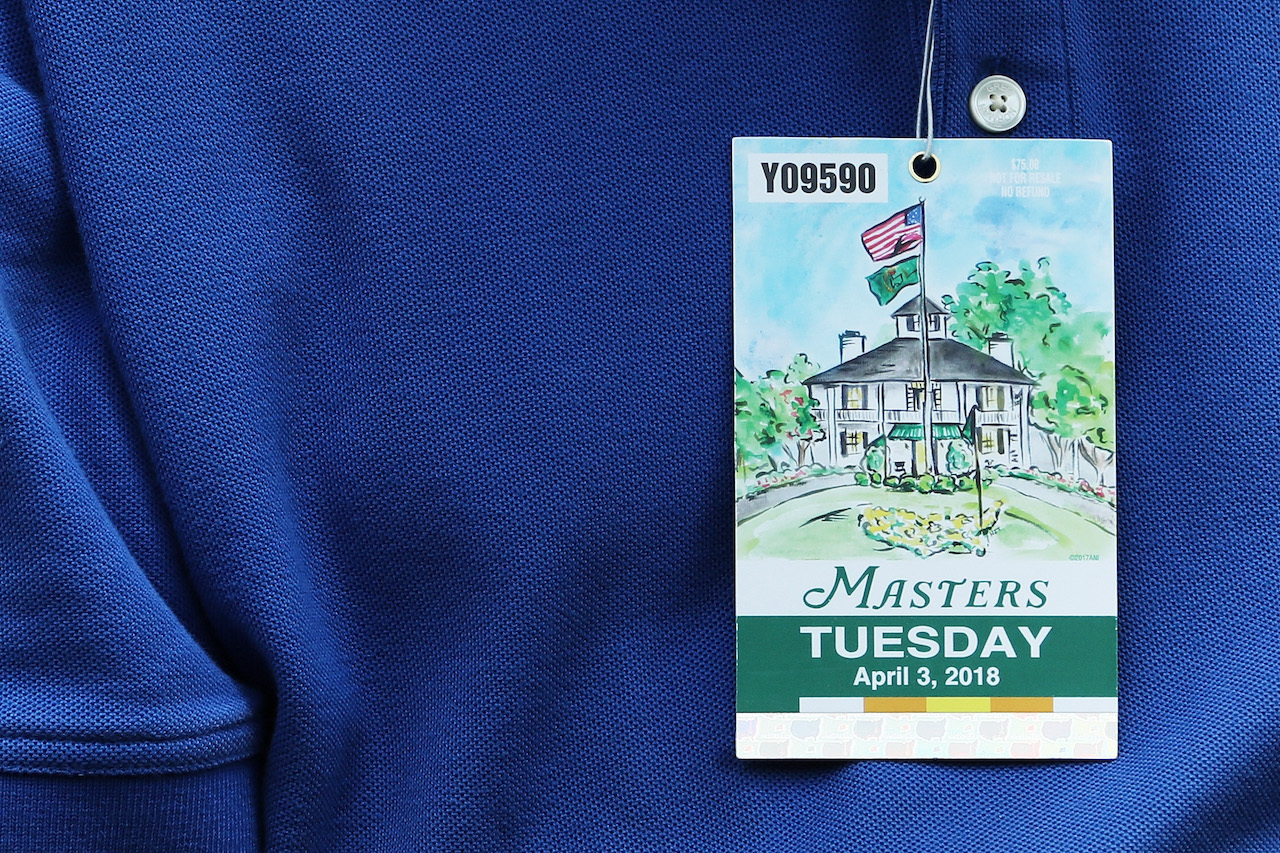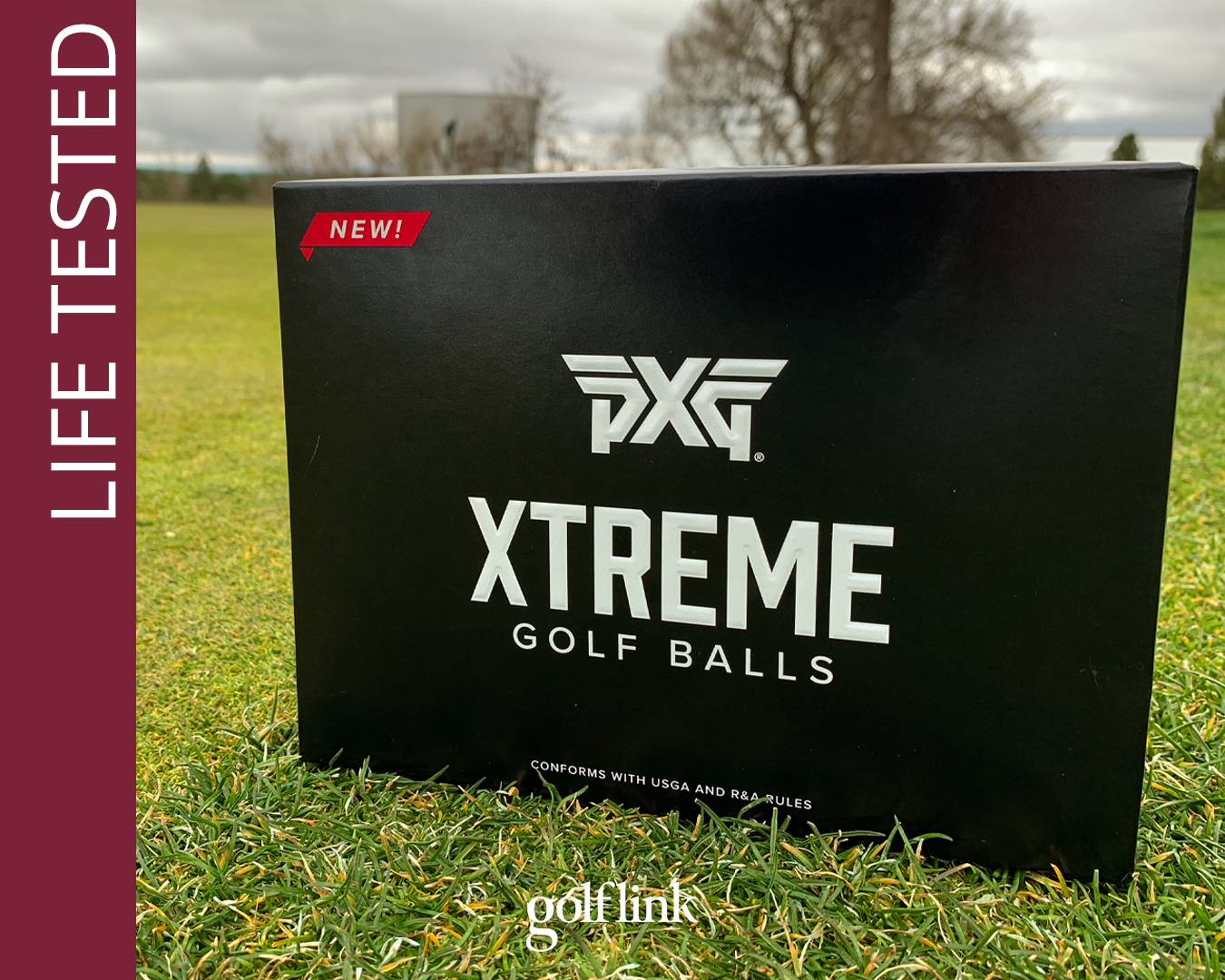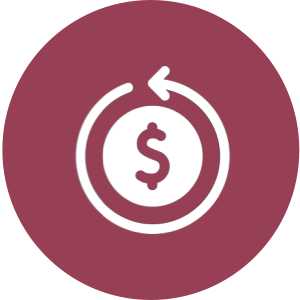The Masters
Getting Masters Tickets: Inside the Lottery Process
Impossible. Fat chance. Highly unlikely. These are just a few of the things one might hear when putting in an application for Masters tickets.




 Recommended by +8K golfers
Recommended by +8K golfers

